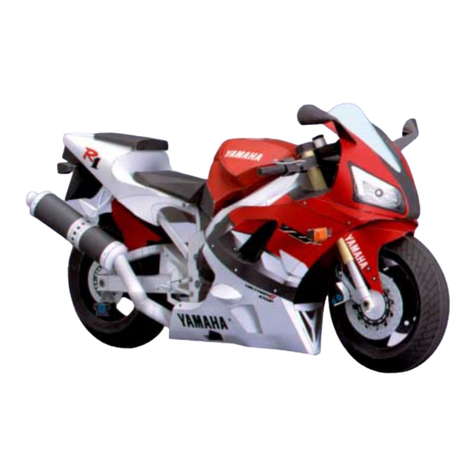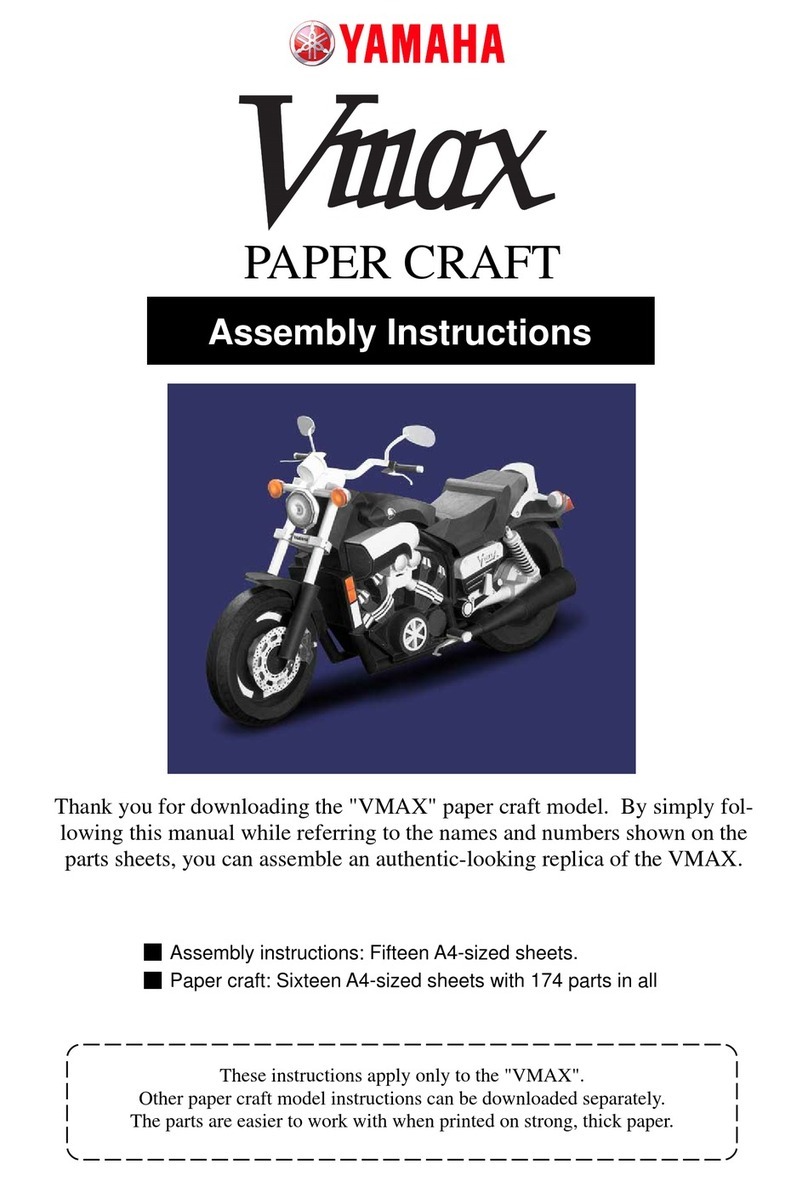
Foreword
Thank you for using the RMAX TypeII G Unit, unmanned helicopter for industrial applica-
tions.
This operation manual describes the proper operating procedures and precautions when
using this product.
Before using this product, please be sure to read this operation manual and thoroughly
understand its contents.
In this manual, the warning notes, which are necessary for safe and proper operation of this
product, are categorized and shown as follows. Please make sure to observe these instruc-
tions, as they all contain important information.
●After you have read this operation manual, keep it within easy access near the helicop-
ter.
●Contact your dealer if you are lending this helicopter or transferring its ownership.
●Keep this operation manual together with the helicopter if you are lending this helicopter
or transferring its ownership.
●If you have lost this operation manual, contact your dealer to request another copy.
●Contact your dealer if you have any questions or comments regarding the contents of
this operation manual.
●Some diagrams and contents in this manual may differ from the actual helicopter, due to
specification changes, etc.
●For information on the sprayer, see the operation manual for the sprayer.
This indicates that improper operation will
cause imminent danger, which could lead to
serious injury or death.
This indicates that improper operation could
lead to minor and serious injuries or death.
Indicates that improper operation could
cause property damage.
Indicates proper operating procedure and
tips on inspection and maintenance.
Indicates a prohibited action.
The specific prohibited action is illus-
trated near the symbol.
DANGER
WARNING
NOTICE
TIP
RMAX.book Page 1 Tuesday, January 17, 2012 3:06 PM































